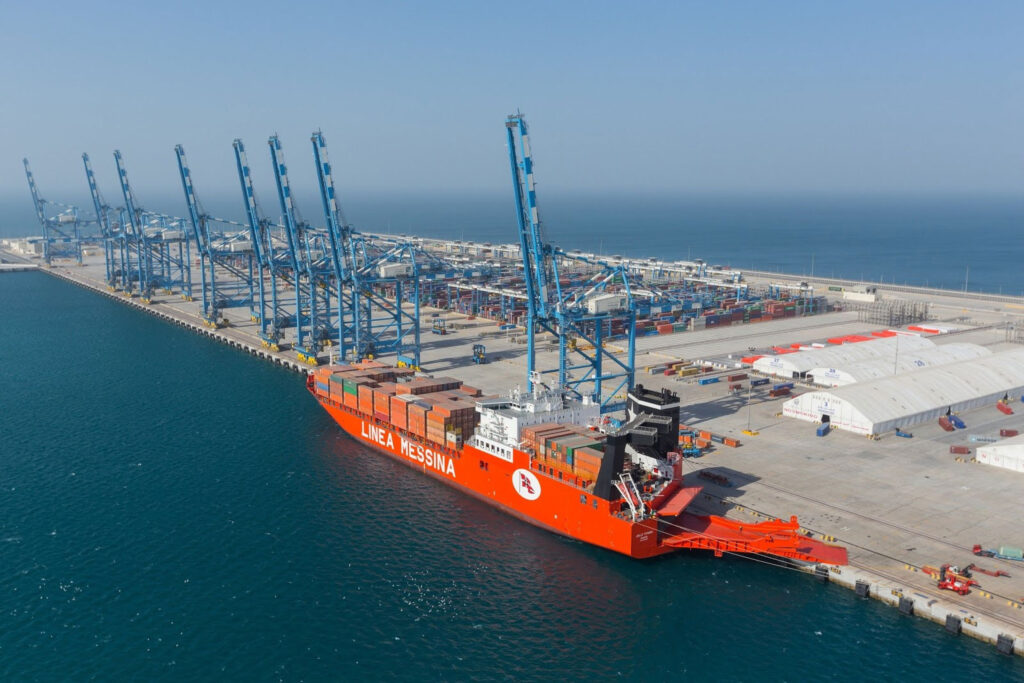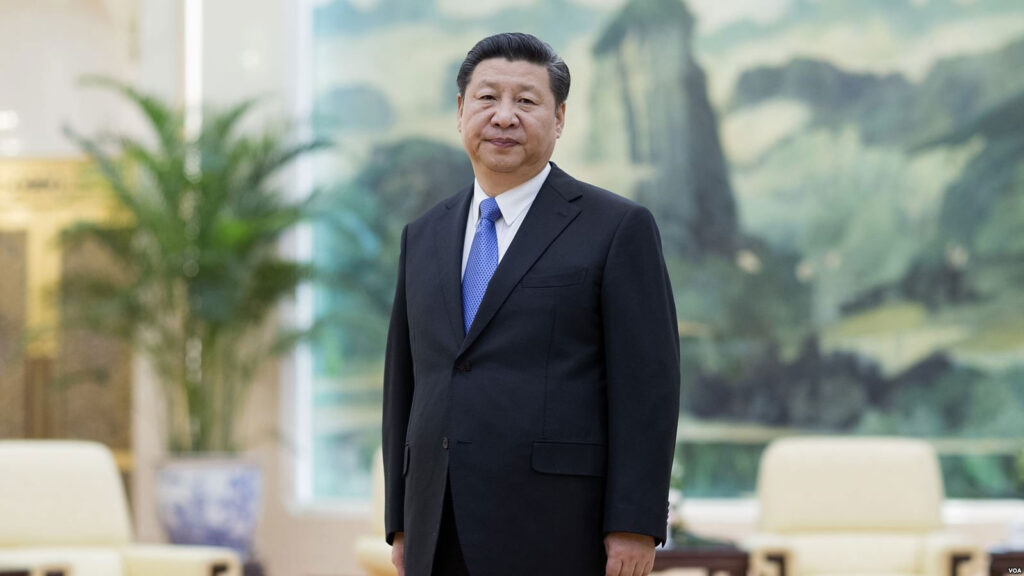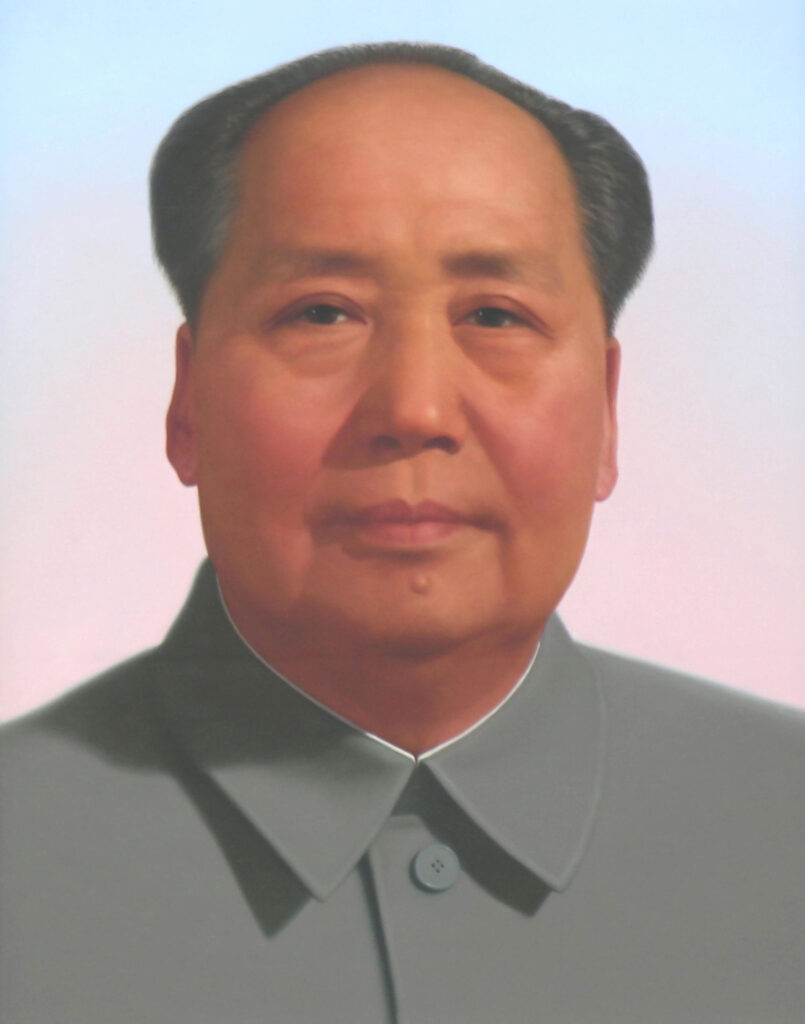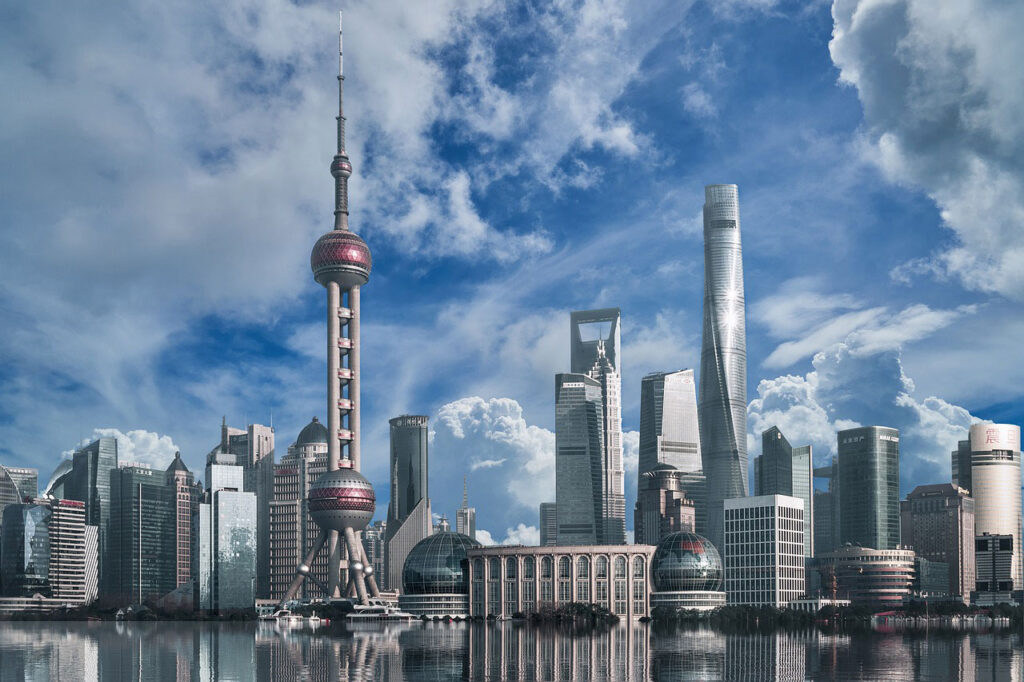How Xi Jinping aspires to top Mao Zedong: Let China sleep, for when the Dragon awakes, she will shake the world.: Napoleon. China’s expansionist policy is threatening its Asian neighbours including India. Will this theory make Xi Jinping a more powerful and popular leader than Mao Zedong in China
By Sankar Ray
Within five years after coming to power and rechristening the country as the People’s Republic of China, the Red Flag-bearing brass of the ruling Communist Party of China with Comrade Mao Zedong introduced in 1954 a map in Chinese textbooks ‘neatly illustrated the geographic scope of China’s lost tributary system’.
This particular map—showing China’s territorial losses at the hands of Western and Japanese imperialists during the century between the Opium war in 1839 and China’s ‘Liberation’ in 1949 and selected for classroom use by PRC educational authorities—was intended to create a sense of bitterness, wounded pride, and thereby popular support for the PRC’s efforts to wipe out the ‘humiliation’ of the past. Four years before that the new rulers sent the Peoples’ Liberation Army to annex Tibet which for centuries together had been a sovereign and autonomous state.
Things have changed between the 27 years of personal hegemony Mao over the doings-on in the Middle Kingdom, ended 1976, and 44 years in post-Mao China. In fine, to put things in an etymological style, China–I deliberately refrain from using the acronym ‘PRC’- has embarked on ‘Invisible Imperialism’ whose essence is economic imperialism.
We were accustomed to defining neo-colonialism as ‘Invisible Imperialism’ in the post-World War II years until the emergence of a unipolar global order after the collapse of the Soviet Union in the end of 1991.
Financially, the strategic digits of La Chinoise are many. To illustrate the point, consider the way of long-term lease-in of the Gwadar Port of Pakistan, one of China’s friendliest countries. Within six months of unveiling the China-Pakistan Economic Corridor, a bilateral initiative to build transportation and other infrastructure along the length of Pakistan, connecting the country’s Arabian Sea coast with the Himalayan border, the Chinese Overseas Ports Holding Company Ltd, a Chinese state-owned enterprise, officially took control of the strategically important port at Gwadar in Balochistan.
The Chinese firm signed a 40-year lease for over 2,000 acres of land in Gwadar. Inside Pakistan, many independent analysts did smell a rat, fearing that it might turn out to be a Chinese naval base or a colonial entity in due course.
Financial Times of London carried a report ‘Pakistan rethinks its role in Xi’s Belt and Road plan’ in September 2018 after Imran Khan Niazi had taken over as the Prime Minister. The new government might renegotiate with China on the multibillion-dollar megaproject, a part of Beijing’s global Belt and Road Initiative (BRI), it wrote. The FT article quoted Abdul Razak Dawood, a cabinet-level adviser to Khan, “The previous government did a bad job negotiating with China on CPEC…Chinese companies received tax breaks, many breaks and have an undue advantage in Pakistan.”
If Gwadar port is converted into a naval base in the future, PLA Navy will be assured of a permanent presence in the Arabian Sea and the Gulf of Oman

But the bang ended in a hamper as Dawood backtracked. Or take the 99-year Hambantota Port lease agreement of Sri Lanka with China. Sri Lankan Prime Minister Ranil Wickremesinghe had agreed during his visit in April in 2017 to swap equity in Chinese infrastructure projects launched by former President Mahinda Rajapaksa in his home district.
Colombo had inked a $1.1 billion deal in July 1917 to sell a 70 per cent stake in the Hambantota port to China. Sri Lanka received $300 million as the initial payment under the 99-year lease agreement. Central trade unions there termed it as ‘a sell-out’.
There were five loans (excluding loans obtained for a bunkering facility project) obtained from 2007 to 2014 to construct the port. Some of the loans were borrowed at interest rates as high as 6 per cent. President Gotabaya Rajapaksa spoke of renegotiating the deal but backed down subsequently.
Brigadier (retd.) Gurmeet Kanwal is former director Center for Land Warfare Studies, India and an adjunct fellow with the Wadhwani Chair in U.S.-India Policy Studies at the US think tank, Center for Strategic and International Studies, viewed in the two port agreements, signed by China as its grand strategy.

“Gwadar is an important foothold that is part of its String of Pearls strategy for the Indo-Pacific. Other ‘pearls’ in South Asia include Myanmar’s Kyaukpyu port and Hambantota in Sri Lanka. Maldives has also negotiated an agreement with China for the long-term lease of a port. Chinese maritime strategy draws heavily from Mahan’s theory of sea dominance ( Alfred Thayer Mahan’s The Influence of Sea Power Upon History: 1660–1783, published in 1890).
Mahan’s hypothesis is, whoever controls the Indian Ocean will dominate the whole of Asia”. He points out at the expansion spree of the PLA Navy that aims at hegemony in the Indo-Pacific. If Gwadar port is converted into a naval base in the future, PLA Navy will be assured of a permanent presence in the Arabian Sea and the Gulf of Oman. India, left with no option other than a two-front war will have to contend with a formidable maritime force. India’s energy supplies from the Gulf and maritime trade will eventually become highly vulnerable.
The former Indian army officer’s concern is genuine. China has recently dislodged India from Iran’s strategic Chabahar rail project, connecting the Chabahar port with Afghanistan as the former is all set to sign a $400-billion long term financial assistance deal with Iran which is reeling under a severe liquidity crisis.
Tehran is in dire need of funds for its high security projects, including telecommunications, rail and road to annul the ill-effect of the US-led trade sanction. China, it has to be admitted, is a gutsy take on the USA. China will reap an advantage to enhance its diplomatic presence in Pakistan, Nepal, Bangladesh and Myanmar. Medici not only lacks the guts to help Iran in its hour of crisis but also is happy to behave like an appendage of the US President Donald Trump by avoiding unpleasant interludes with the latter.

The sanguinary clash at the Galwan Valley between the Indian Army and the PLA of China is not the whole of ‘Invisible Imperialism’, if not a secondary matter – at least during the new peak of the post-Mao era with President Xi Jing Ping in the global economic offensive, he leads.
Which is why perhaps the truce came somewhat stunningly to those whose understanding of new Sinological trends and moorings are comparatively shallow. Beijing is very unlikely to take any risk that will affect the steady Chinese financial infiltration into the Indian economy, more so when the Modi 2.0 regime is inwardly keen to promote bilateral economic dealings with China – an inclination that had its roots during the 14-year tenure of Narendra Damodardas Modi as the Chief Minister of Gujarat. No CM has made more trips to China than Modi.
Modi’s retaliation like removal of Chinese social media platform Weibo from his account, Union Minister for railways & transport and shipping Nitin Gadkari’s announcement of delinking Chinese companies from participation in highway projects and ban on 59 Chinese apps such as TikTok, Shareit, Helo are somewhat of a fire brigade approach to take on.
Maybe, as the PRC’s official daily Global Times apprehends, the Chinese internet company ByteDance, parent of TikTok and Helo apps may incur a loss of $6 billion. But things will turn worse if China shoots back. Take India’s pharmaceuticals exports which are expected to touch $ 22 billion in the current fiscal. Main ingredients for export production of pharmaceuticals care imported from China at moderate prices.
Former Niti Aayog vice-chairman and professor of economics at Columbia University Dr Arvind Panagariya, well-known academic in international trade, points out,
China’s exports to India are hardly 3 per cent of total exports, while for India its 15 per cent. Furthermore, he adds what India imports are ‘important for us. If we impose sanctions that will impact our producers…6 per cent of our total exports are going to China. So, proportionately, and particularly if you think of the differences in the size of the economy, then this will impact our exports more than our sanctions will impact China’s exports.’

“China has more neighbours, and thus boundary treaties with more countries, than any other state, a situation that is rich with opportunities for conflict as well as mutually beneficial exchange.” Geography has positioned China’s neighbours at the ‘front line’ of Beijing’s rising power” [Beijing’s Power and China’s Borders: Twenty Neighbors in Asia (ed Bruce A. Elleman, Stephen Kotkin, and Clive Schofield)] – a collection of papers, published in 2013.
It scanned the rise of ‘Middle Kingdom’ through a prism of its interactions with its immediate. In contrast to China’s 14 sovereign neighbours, India has eleven. But China’s economy is substantially larger than that of Russia, India, or Brazil, and Beijing’s impact on its neighbours, rather on the world, is significantly greater.
However, there is gradual erosion in China’s ‘ideologically based foreign policy, coupled with its economic reforms.’ Its engagement with its neighbours ‘in diplomatic, social, cultural and, critically, economic terms has strengthened significantly over recent decades.
Meanwhile, its neighbours have frequently sought to take advantage of its economic rise for their own ends. These increasingly important ties have led to ever more complex and significant cross-border interactions. While these ties necessarily represent a two-way street, the huge asymmetries of scale involved giving China leverage over its many small neighbours. China’s economic growth coupled with rising military spending have amplified the underlying asymmetry and arguably made it increasingly difficult for China’s neighbours not to accommodate its wishes’.

Modi’s retaliation like removal of Chinese social media platform Weibo from his account, Nitin Gadkari’s delinking Chinese companies from participation in highway projects and ban on 59 Chinese apps such as TikTok, Shareit, Helo are somewhat of a fire brigade approach to take on
Ashley J. Tellis, Tata Chair for Strategic Affairs and a Senior Fellow at the Carnegie Endowment for International Peace, in a perceptive discourse in 2019, ‘Pursuing Global Reach: China’s Not So Long March toward Preeminence’, looked at four decades after Deng Xiaoping had launched his epochal reforms in 1978 at the third Plenary Session of the 11th Central Committee of the Chinese Communist Party – a phenomenal feat that Mao could dream about without deviation from, the nationalist frame.
“China has transformed itself from a predominantly agricultural economy into a manufacturing powerhouse, whose southern provinces were once described by The Economist as ‘the contemporary equivalent of 19th century Manchester—a workshop of the world’ ”.
The present regime rid 500 million Chinese living in ‘chill penury’ which was unthinkable during the Mao years. Today, China is ‘a major global financier, especially for infrastructure… the world’s biggest saver and the repository of the largest foreign currency reserves ’, Tellis wrote. Beijing keeps exporting more capital (albeit mainly to overseas Chinese firms) than it imports. The China Development Bank and the Export-Import Bank of China provide funds to developing countries more than the World Bank does.
Gone is the so-called revolutionary past. As Tellis puts it succinctly about Xi’s defense, although ‘selective and incomplete’ concentrates on ‘preserving only those elements of economic integration that have aided China’s rise, which (often for justifiable reasons) provoke Trump’s ire”.
In contrast to China’s 14 sovereign neighbours, India has eleven. But China’s economy is substantially larger than that of Russia, India, or Brazil, and Beijing’s impact on its neighbours, rather on the world, is significantly greater

To conclude, let me put it once again, China has ceased to be a ‘peoples’ republic’ in sync with its grooming into an imperialist state of a new strain. China today is one of the most unequal societies. The so-called communist elite in Beijing is wholly oppressive, both internally and externally.
The imperialist character of the Middle Kingdom in the African Kingdom unfolds. I have before me is Howard French’s ‘China’s Second Continent: How a Million Migrants Building a New Empire in Africa, published in 2014.
“I was struck far more than before by the presence of Chinese migrants nearly everywhere I went: speaking at length with ordinary street vendors in Dar es Salaam, Tanzania, poultry farmers and merchants in Lusaka, Zambia, and wildcat copper miners in the Democratic Republic of the Congo, and getting to know them well, has powerfully shaped my sense of China.
In their new lands of adoption, Chinese people frequently spoke to me with unaccustomed openness about their hopes for their country and about its problems and failings in Africa, to so many of them, by contrast, seemed remarkably free. Nearly, 34 per cent of the African population is aged between 15 and 34.
Most of the youths in the African continent are unemployed. Unemployment causes loss of $79 billion of potential revenue every year,” said the secretary-general of the UN Economic Commission for Africa Vera Songwe. “We are not a continent that can afford to lose $79 billion a year, so we need to find a way to employ ourselves and to harness the incredible innovation of African youth,” she added.
But that’s how Xi’s defence of the global order evolves with an implicit application of coercive power. Swarming Chinese migrants in Africa, resentful civil rights functionaries lament, mean the beginning of recolonization.
